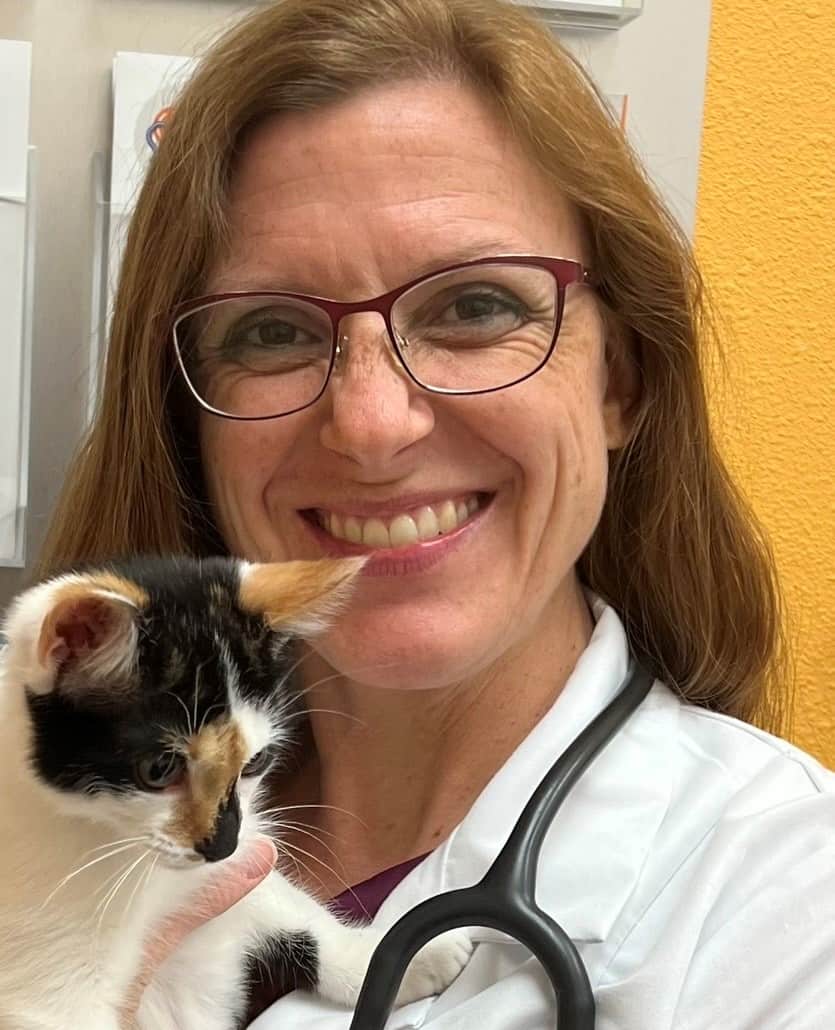Leg Weights Help Rehabilitate Hind Limb Gait Issues
Unlike in human medicine, where physical therapy (PT) is widely embraced and an abundance of science supports the use of various PT techniques and tools, the science supporting PT in horses is lacking. This leaves veterinarians and horse owners alike wondering what works and what doesn’t.
"In an attempt to provide a scientific basis for the use of PT and rehabilitation in the equine industry, I focused my research efforts on evidence-based research studies in this area," said Hilary Clayton, BVMS, PhD, MRCVS, Mary Anne McPhail Dressage Chair in Equine Sports Medicine at Michigan State University’s College of Veterinary Medicine and Vice President of the American College of Veterinary Sports Medicine and Rehabilitation.
Clayton, together with equine physical therapist Narelle Stubbs, BAppSc (Phty), MAnimST (Animal Physiotherapy) of the Animal Rehabilitation Institute, in Loxahatchee, Fla., has published several studies assessing how PT might improve toe dragging and short striding in horses. In these studies researchers attached bracelets or light leg weights around horses’ pasterns to stimulate receptors in the skin
Create a free account with TheHorse.com to view this content.
TheHorse.com is home to thousands of free articles about horse health care. In order to access some of our exclusive free content, you must be signed into TheHorse.com.
Start your free account today!
Already have an account?
and continue reading.

Written by:
Stacey Oke, DVM, MSc
Related Articles
Stay on top of the most recent Horse Health news with















